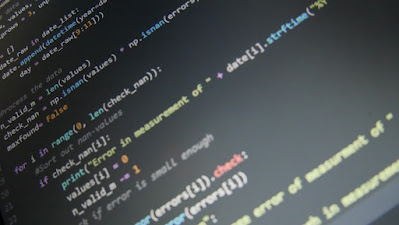Understanding Classes and Functions in Python Programming
 |
| Understanding Classes and Functions in Python Programming |
Python is a versatile and powerful programming language with various features and constructs to simplify the development process. Among these, classes and functions play a vital role in structuring code and enabling code reuse.
In this article, we will delve into the concepts of classes and functions in Python, explore their usage, and understand how they contribute to building robust and modular applications.
 |
| Understanding Classes and Functions in Python Programming |
Functions:
Functions in Python encapsulate a set of instructions that can be called repeatedly to perform a specific task. They promote code reuse, modular programming, and improve the readability of code. Here are some key aspects of functions:
Define Function:
A function is defined using the def keyword, followed by the function name and a pair of parentheses. Function parameters can be specified within the parentheses, and a colon indicates the beginning of the function's code block.
Arguments Function:
Arguments are values passed to a function when it is called. Python supports different types of function arguments, including positional arguments, keyword arguments, default arguments, and variable-length arguments.
Return Statement:
The return statement allows a function to send a value back to the caller. Functions can either return a single value or multiple values using tuples.
Function Invocation:
Functions are invoked by using their name followed by parentheses containing the arguments (if any). The function's code block is executed, and the result (if any) is returned.
Classes:
Classes are fundamental to object-oriented programming (OOP) in Python. A class is a blueprint that defines the properties and behavior of objects. Here's an overview of classes in Python:
Define Class:
A class is defined using the class keyword, followed by the class name. The class body consists of attributes (variables) and methods (functions) that define the behavior of the class.
Objects:
Objects are instances of a class. They encapsulate data (attributes) and the operations (methods) defined in the class. Multiple objects can be created from a single class, each with its own set of attributes.
Constructors:
A constructor is a special method within a class that is called when an object is created. In Python, the constructor method is called __init__() and is used to initialize the object's attributes.
Inheritance:
Inheritance allows a class to inherit attributes and methods from another class. It enables code reuse, promotes modularity, and facilitates the creation of hierarchical relationships between classes.
Encapsulation and Abstraction:
Classes provide encapsulation, which means the data and methods are bundled together within a class, hiding the internal implementation details. Abstraction allows the creation of simplified interfaces to interact with objects, hiding complex implementation details.

0 Comments